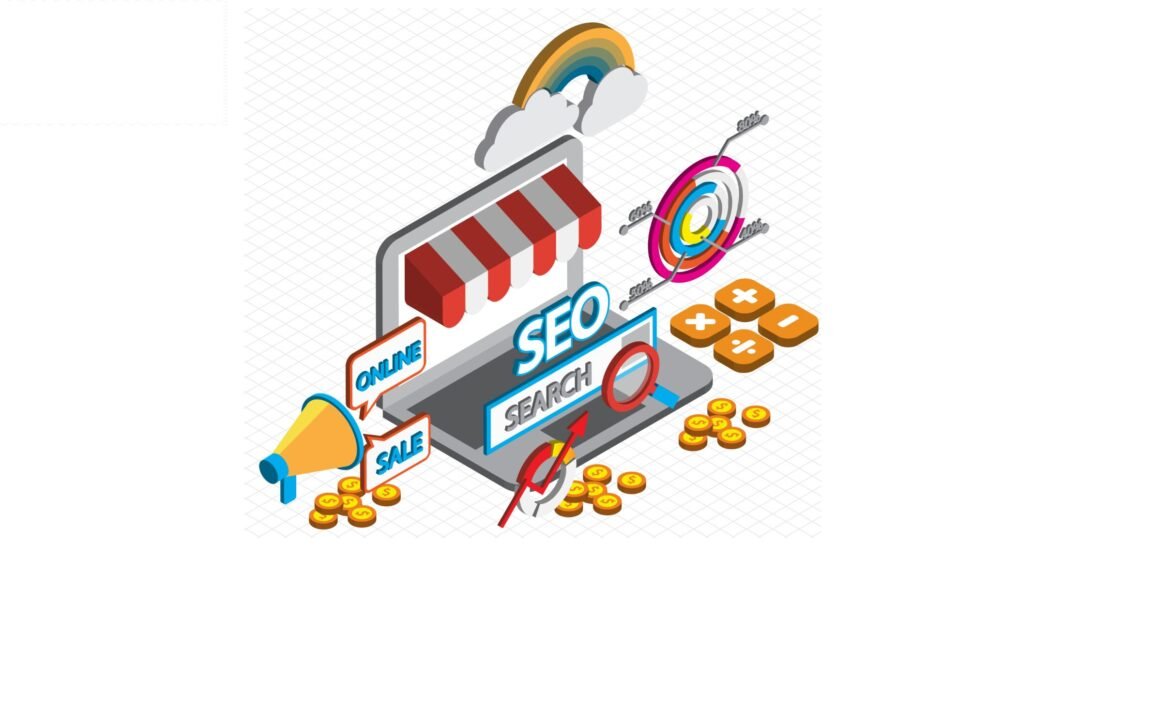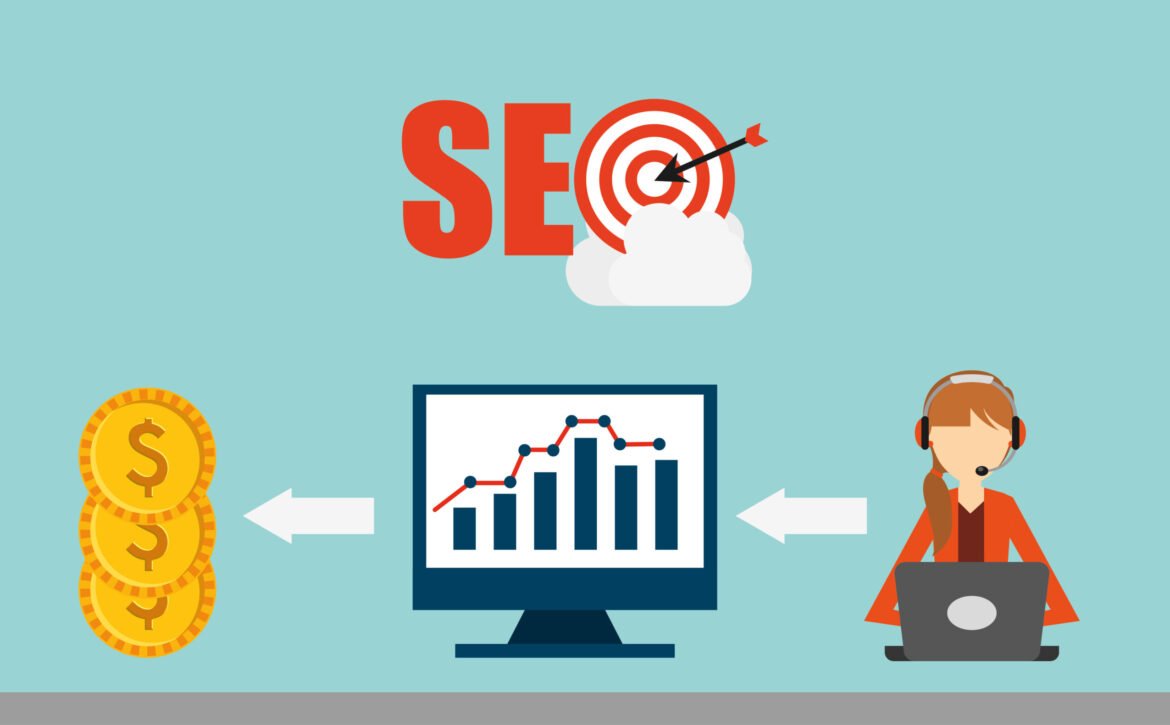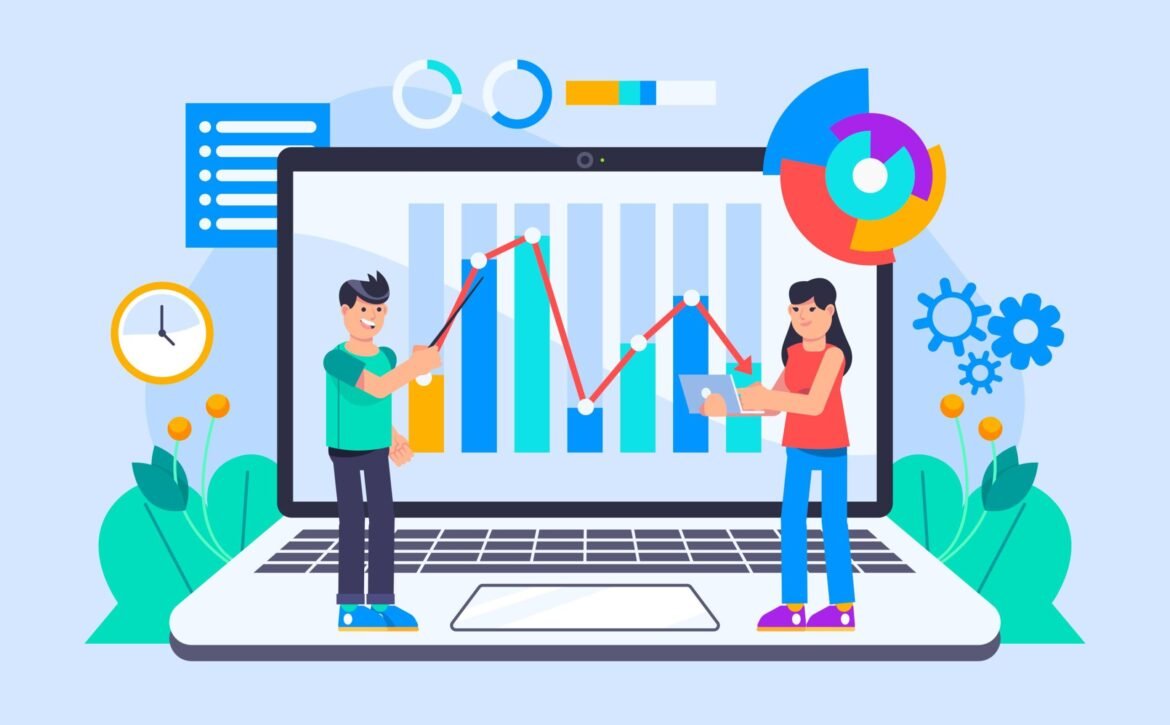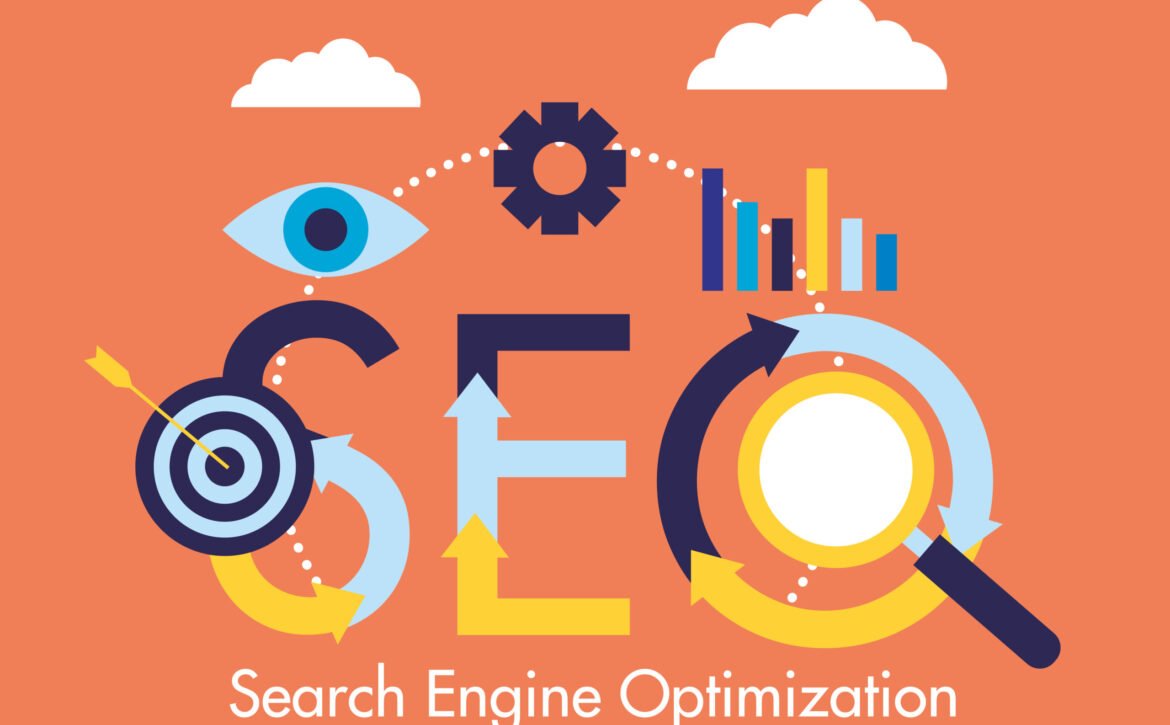Google Ads for Small Business: How to Generate More Leads and Sales
In today’s digital world, Google Ads for Small Business is one of the most powerful tools to drive traffic, generate leads, and boost sales. Whether you’re running a local store or an online business, Google Ads can help you reach the right audience at the right time. But to maximize results, you need a strategic approach. Here’s how you can effectively use Google Ads for Small Business to increase leads and sales.
1. Understand Your Target Audience
Before launching any campaign, you need to understand your ideal customers. Identify their demographics, interests, and online behavior. Use Google’s Audience Insights and Keyword Planner to determine the best keywords and audience segments for your ads.
2. Choose the Right Google Ads Campaign Type
Google Ads offers several campaign types, each serving a different purpose:
- Search Ads: Appear on Google’s search results when users look for relevant keywords.
- Display Ads: Appear on websites across Google’s Display Network, increasing brand visibility.
- Shopping Ads: Ideal for ecommerce businesses to showcase product images, prices, and reviews.
- Video Ads: Run on YouTube and can help with brand awareness and engagement.
- Local Ads: Great for small businesses targeting customers in a specific location.
Selecting the right campaign type ensures that you target potential customers effectively.
3. Optimize Your Keywords and Ad Copy
To make the most of Google Ads for Small Business, use high-intent keywords that match your audience’s search queries. Focus on:
- Exact match keywords to target specific search queries.
- Long-tail keywords to capture more qualified leads.
- Negative keywords to filter out irrelevant traffic.
Your ad copy should be compelling and action-oriented. Highlight your unique selling points (USPs), use persuasive language, and include a strong call to action (CTA) such as “Shop Now,” “Get a Free Quote,” or “Sign Up Today.”
4. Set a Budget and Bidding Strategy
Budgeting is crucial for small businesses. Start with a modest daily budget and adjust based on performance. Google Ads offers different bidding strategies, including:
- Cost-Per-Click (CPC): Pay only when users click your ad.
- Cost-Per-Thousand-Impressions (CPM): Pay for ad impressions rather than clicks.
- Target CPA (Cost-Per-Acquisition): Optimize for conversions.
Choosing the right bidding strategy ensures you get the best return on investment (ROI).
5. Use Ad Extensions to Improve Visibility
Google Ads allows you to enhance your ads using extensions, which provide additional information and increase engagement:
- Sitelink Extensions – Direct users to specific pages.
- Call Extensions – Encourage calls from mobile users.
- Location Extensions – Show your business address.
- Price Extensions – Display product pricing upfront.
6. Track and Optimize Campaign Performance
Monitor key performance metrics such as click-through rate (CTR), conversion rate, and return on ad spend (ROAS). Use Google Analytics and Google Ads reports to analyze performance and make necessary adjustments. A/B testing different ad copies, keywords, and landing pages can further optimize your campaigns.
Conclusion
Google Ads for Small Business is a game-changer when implemented correctly. By understanding your audience, choosing the right campaign type, optimizing keywords, and tracking performance, you can generate more leads and increase sales effectively. Start leveraging Google Ads today to grow your small business and stay ahead of the competition!










